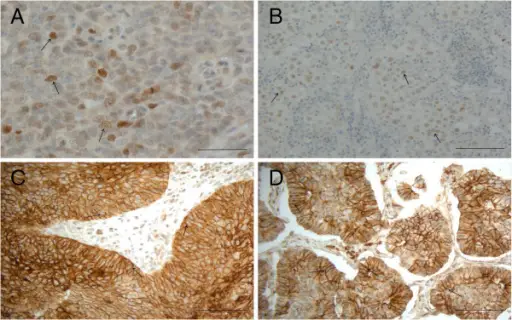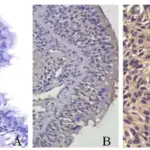Large cell carcinoma of the lung is lung cancer that is fast growing and occurs all around the lungs but mostly in the periphery due to the increased spreading rate.
What is the Pathology of Large Cell Carcinoma of the Lung?
The pathology of large cell carcinoma is:
-Etiology: The cause of large cell carcinoma is smoking (90%), exposure to carcinogens, and air pollution.
-Genes involved: TP53 and RB1.
-Pathogenesis: The sequence of events that lead to large cell carcinoma is neoplastic cellular growth.
-Histology: The histology associated with large cell carcinoma shows nests and sheets of large cells with large prominent nucleoli, abundant cytoplasm, and a vesicular nucleus.
How does Large Cell Carcinoma Present?
Patients with large cell carcinoma of the lung typically affect men who smoke with a percentage of 80 and they range between ages 50-70. The symptoms, features, and clinical findings associated with large cell carcinoma of include dyspnea, cough blood, weight loss due to loss of appetite fatigue.
How is Large Cell Carcinoma Diagnosed?
The Large Cell Carcinoma is diagnosed through history taking and physical examination, X-rays, CT scan, radiological imaging MRI and bone scans.
How is Large Cell Carcinoma Treated?
Large cell carcinoma is treated through surgery.
What is the Prognosis of Large Cell Carcinoma?
The prognosis of large cell carcinoma varies according to the stage the patient presents with. If the disease has not spread a lot the prognosis is good but if it has extended in stage the prognosis is poor.



